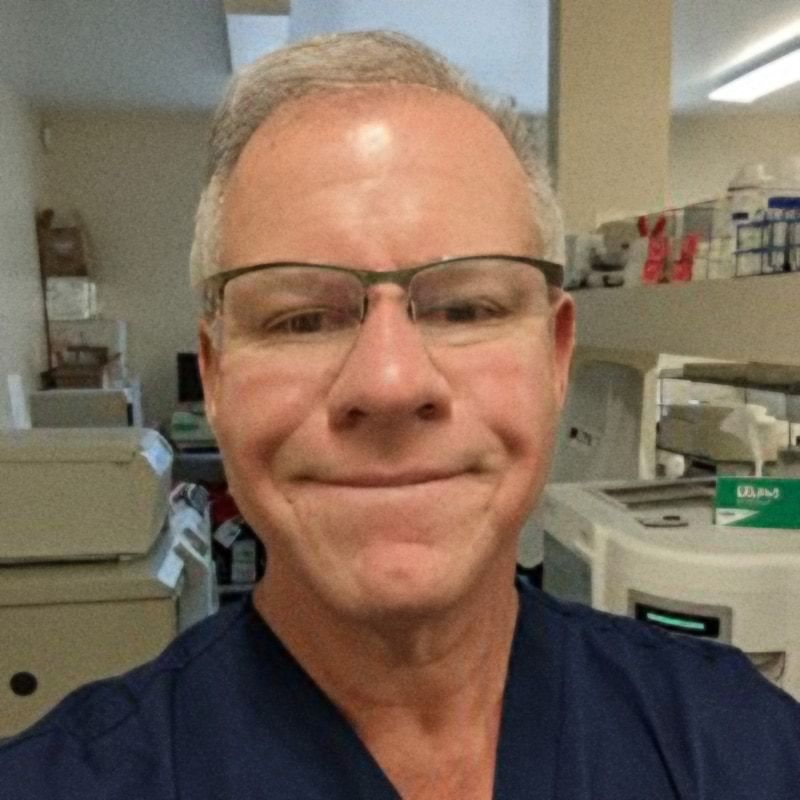What does the latest research say about VMO strengthening exercises?
What does the latest research have to say about VMO strengthening exercises? I blogged awhile back on how weak gluteal (butt) muscles may cause patellofemoral syndrome (knee cap arthritis otherwise known as chondromalacia patella). The exercise prescription usually given to patients with knee cap tracking issues is VMO strengthening exercises (VMO=vastus medialis obliquus muscle-inside of the big quadriceps thigh muscle). There are many different ways to strengthen this muscle, but few of these have research to support that they really work the VMO harder. A recent research study weighed in on different squat techniques used for VMO strengthening exercises. This study used EMG (real time recording of the electrical activity in the VMO muscle) and had patients perform squat exercises with the hip abducted (knees slightly out), neutral (knees in line with hips), and knees adducted (slightly inside). The winner? The squat exercises with hips adducted (knees closer together) produced about double the VMO activity as did the conventional neutral squat. In addition, the hip adduction squat also worked the butt muscles which also need to be strengthened to protect the knee cap from being forced too hard into it’s groove. The example above shows a squat with a small ball between the knees where the knees are being brought in as the squat happens. You can also do this without the ball and just keep your knees together while you squat, focusing your attention on the inside of the thigh muscle near the knee (the VMO). The upshot? If you have knee cap pain or chondromalacia, consider adding knees together squats to your VMO strengthening exercises.
Learn More About The Regenexx® Approach
Request a digital booklet and more information to learn about alternatives to orthopedic surgery and the Regenexx provider patient experience.
We do not sell, or share your information to third party vendors. By submitting the form you agree that you've read and consent to our Privacy Policy.

Chris Centeno, MD is a specialist in regenerative medicine and the new field of Interventional Orthopedics. Centeno pioneered orthopedic stem cell procedures in 2005 and is responsible for a large amount of the published research on stem cell use for orthopedic applications. View Profile
NOTE: This blog post provides general information to help the reader better understand regenerative medicine, musculoskeletal health, and related subjects. All content provided in this blog, website, or any linked materials, including text, graphics, images, patient profiles, outcomes, and information, are not intended and should not be considered or used as a substitute for medical advice, diagnosis, or treatment. Please always consult with a professional and certified healthcare provider to discuss if a treatment is right for you.
